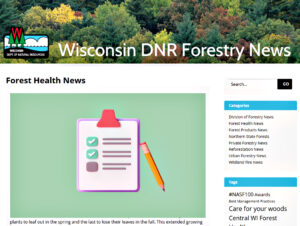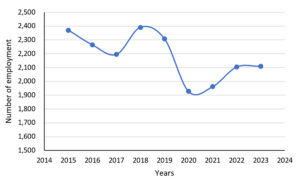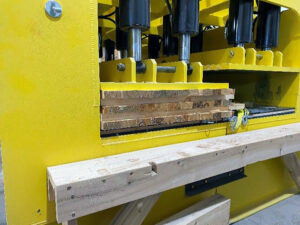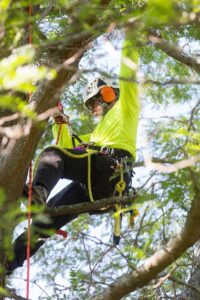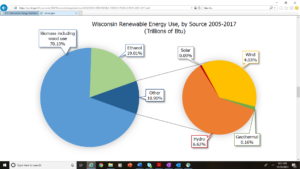By Dwayne Sperber, Wudeward Urban Forest Products
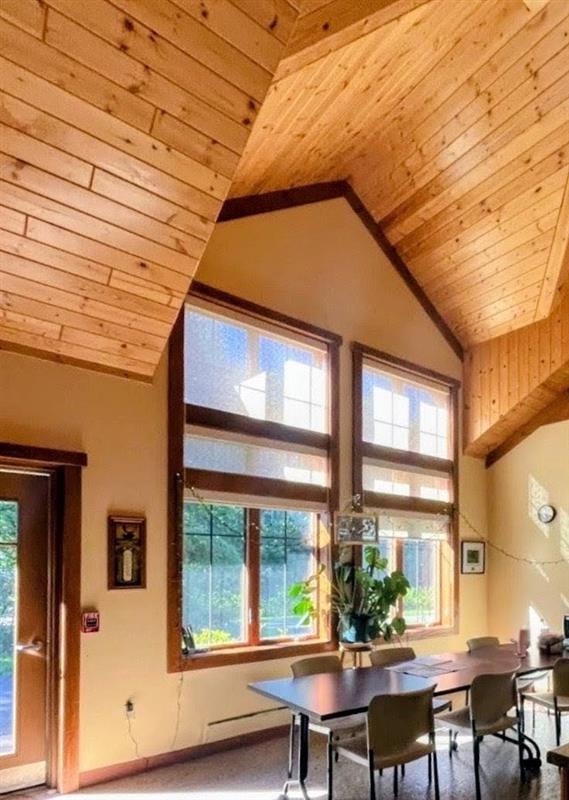 Trees grow, change and like all living things, eventually decline or die. Sometimes trees are removed from urban areas due to safety concerns, tree health or insufficient space. But when these urban and community trees are viewed not as waste, but as a valuable material resource, their story doesn’t end – it continues.
Trees grow, change and like all living things, eventually decline or die. Sometimes trees are removed from urban areas due to safety concerns, tree health or insufficient space. But when these urban and community trees are viewed not as waste, but as a valuable material resource, their story doesn’t end – it continues.
By transforming fallen trees into urban wood products, we can extend the benefits of living trees into the places we live, work and play. These materials – lumber, furniture, architectural woodwork – quietly connect us to nature. This is the basis of biophilic design, the concept of connecting humans to the natural environment.

